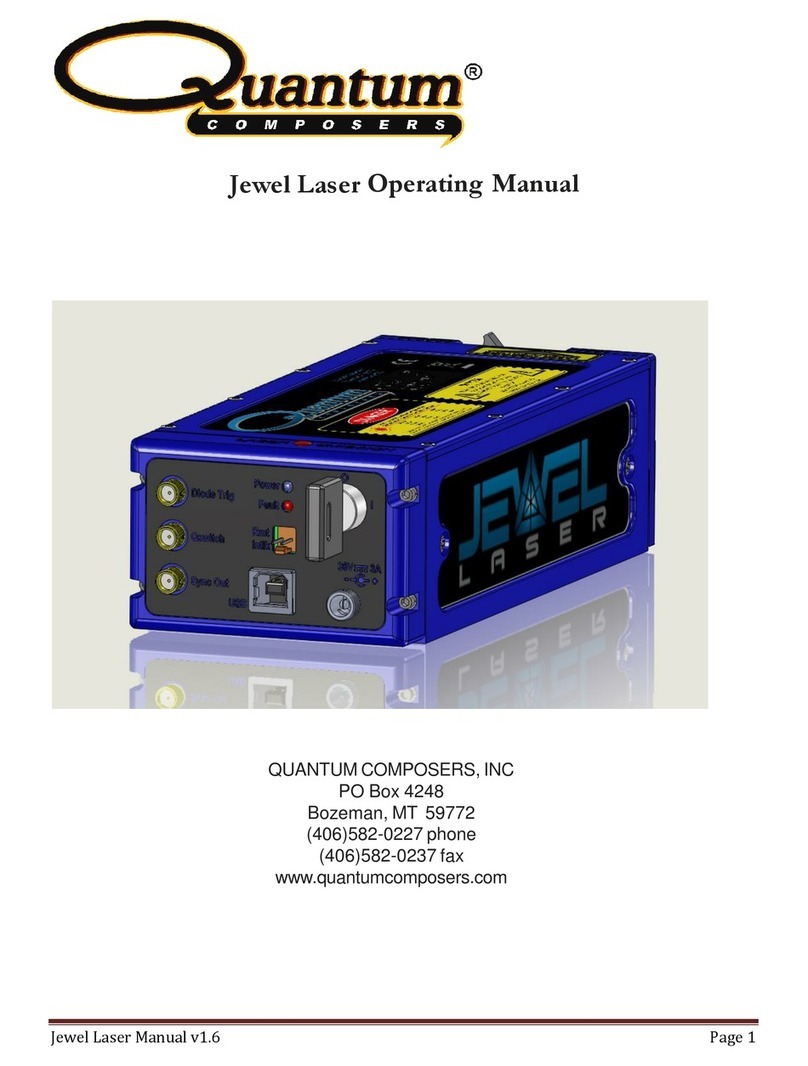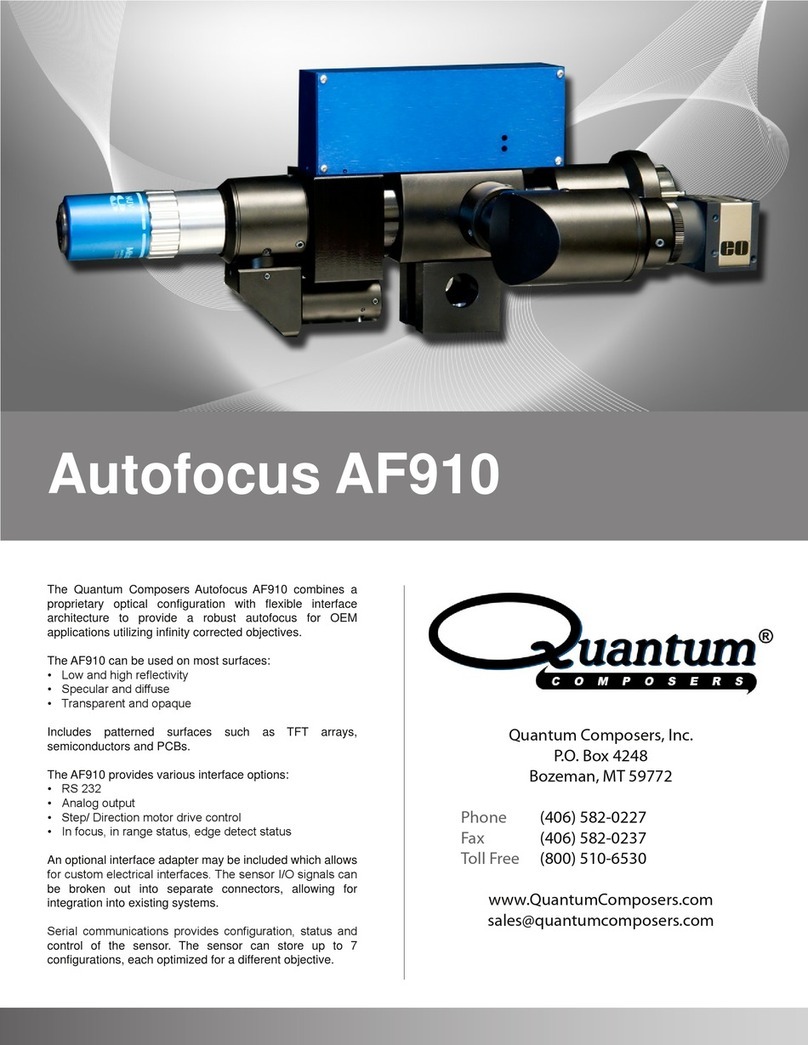
MINISYSTEM Manual Version 1.5 Page 2
Contents
1. INTRODUCTION..............................................................................................................................................4
Technical Support........................................................................................................................................................4
Warranty.......................................................................................................................................................................4
Package Contents........................................................................................................................................................4
2. SAFETY ...........................................................................................................................................................5
Laser Safety .....................................................................................................................................................6
Safety Issues....................................................................................................................................................7
Electrical Safety................................................................................................................................................8
Sources of Laser Safety Standards..............................................................................................................................8
Safety Labels and Locations ........................................................................................................................................9
3. SYSTEM OVERVIEW....................................................................................................................................12
MINISYSTEM Block Diagram........................................................................................................................12
Laser System Power Supply ......................................................................................................................................12
Description of Payload............................................................................................................................................... 13
Description of the miniJewel Laser.........................................................................................................................13
Laser Optic Assemblies..............................................................................................................................................13
4. INSTALLATION.............................................................................................................................................16
Unpacking the Laser System .........................................................................................................................16
System Inventory........................................................................................................................................................16
System Installation .........................................................................................................................................17
Payload Setup............................................................................................................................................................17
Laser System Setup...................................................................................................................................................18
Optional System Connections....................................................................................................................................18
System Indicators.......................................................................................................................................................19
Authorized operation ..................................................................................................................................................19
Initial Power On..........................................................................................................................................................19
5. LASER OPERATION.....................................................................................................................................20
Operation Guidelines......................................................................................................................................20
6. SYSTEM OPERATION ..................................................................................................................................20
SMART Controller ..........................................................................................................................................21
miniSystem Software Application...................................................................................................................21
Getting Started...........................................................................................................................................................21
Laser Control.............................................................................................................................................................. 22
Cut Size...................................................................................................................................................................... 23
Illumination.................................................................................................................................................................23
7. USB COMMUNICATIONS.............................................................................................................................24
Personal Computer to Laser System Communication..................................................................................24
USB Interface Overview ............................................................................................................................................24
Device Command Format...........................................................................................................................................24
Device Address..........................................................................................................................................................25
Command Types............................................................................................................................................25
Control Commands ....................................................................................................................................................25
Query Commands ......................................................................................................................................................26
Error Codes................................................................................................................................................................26
Laser Controller Example...........................................................................................................................................26





























